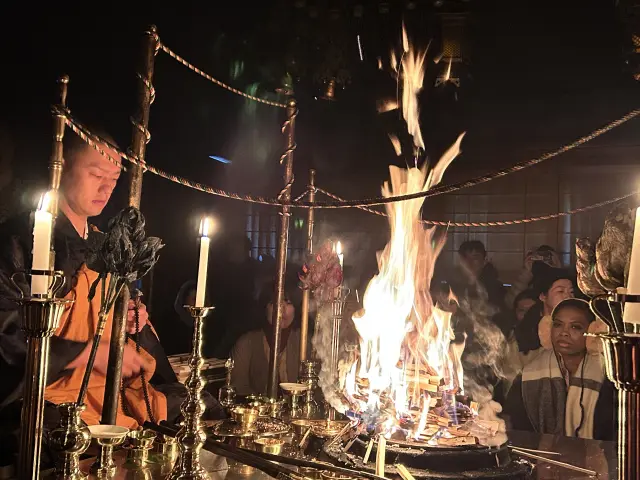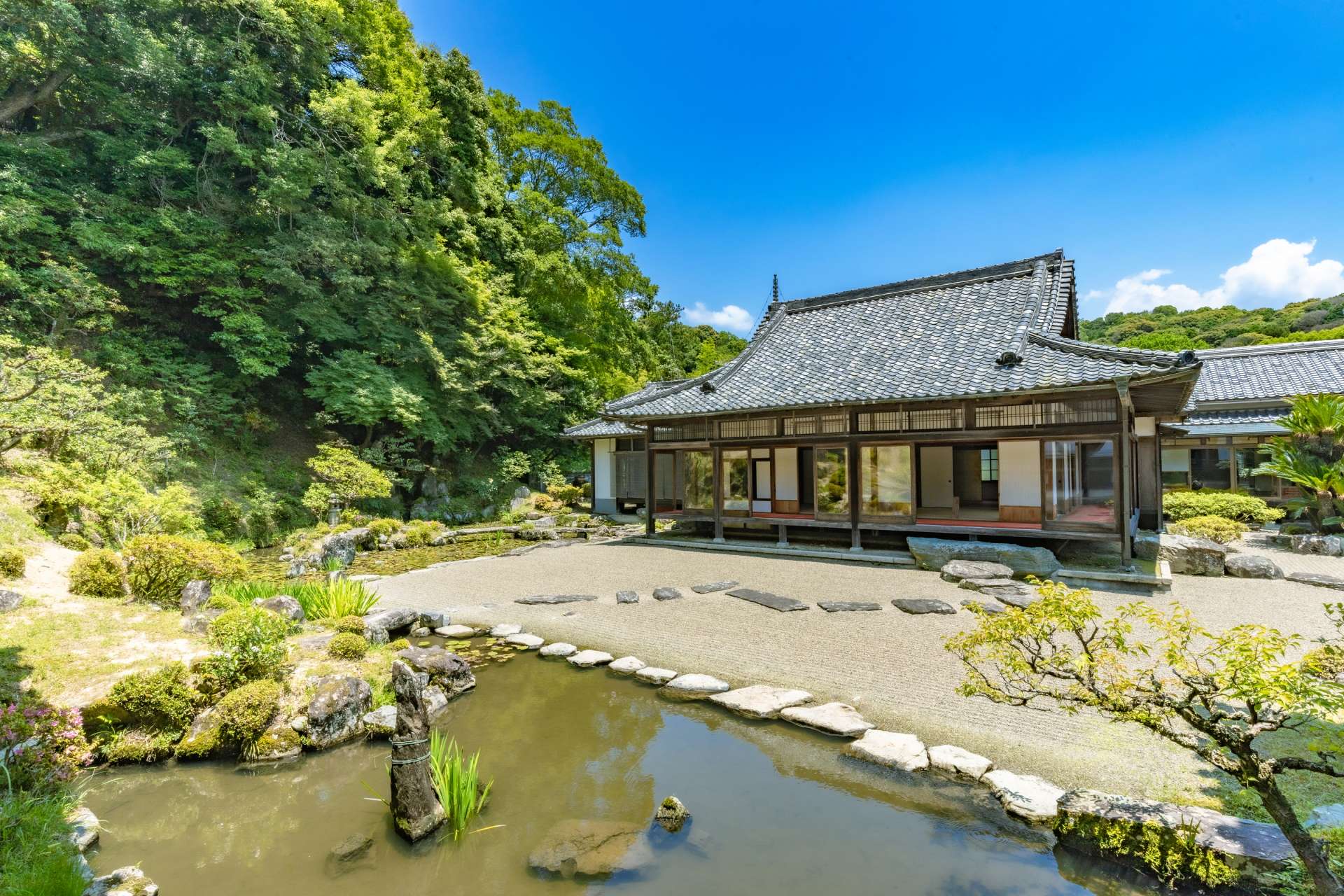
An Immersive Cultural Foray into Exquisite Gardens Belonging to the Kishu-Tokugawa and Other Captivating Historic Sights of Wakayama
Last update
Garden tourism allows visitors to experience the local environs through the lens of manicured green spaces both public and private. Offering breathtaking views and relaxing strolls, it is a perfect way to accent a journey through a region’s cultural history and cuisine. This trip will take you to an area of Wakayama that once flourished under the Kishu-Tokugawa domain lords, and which is home to lavish gardens that remain exquisitely preserved today thanks to painstaking care by their feudal lords. Each garden visit will impress upon you the uniqueness of the regions and the remarkable splendor of old-world daimyo culture.
Remnants of the First Feudal Lord’s Influence in Food and Gardens
The Nishinomaru Garden at Wakayama Castle was built by the first Kishu-Tokugawa feudal lord. Tokugawa Yorinobu—the tenth son of the shogun Tokugawa Ieyasu— in the early Edo Period (1603-1867). The castle keep was built on the mountain, featuring stylistic elements iconic to Tokugawa Yorinobu that make the garden luxuriant but cozy. The garden is beautiful across all seasons, but is especially stunning in autumn. In this season, the blazing red and golden hues of the leaves and Engyokaku Pavillion reflect in the pond’s still waters with breathtaking splendor.
You can also treat yourself to a respite at the Koshoan tearoom inside the garden. After taking in the sights of the garden, whet your appetite with the Kishu-Tokugawa Family Feast, a recreation of the meal offered at Chohoji, the Kishu-Tokugawa family temple that Tokugawa Yorinobu would visit when practicing falconry.
This is a perfect way to enjoy the gourmet tastes of Wakayama’s old-world royalty, with a sumptuous feast fit for a feudal lord.
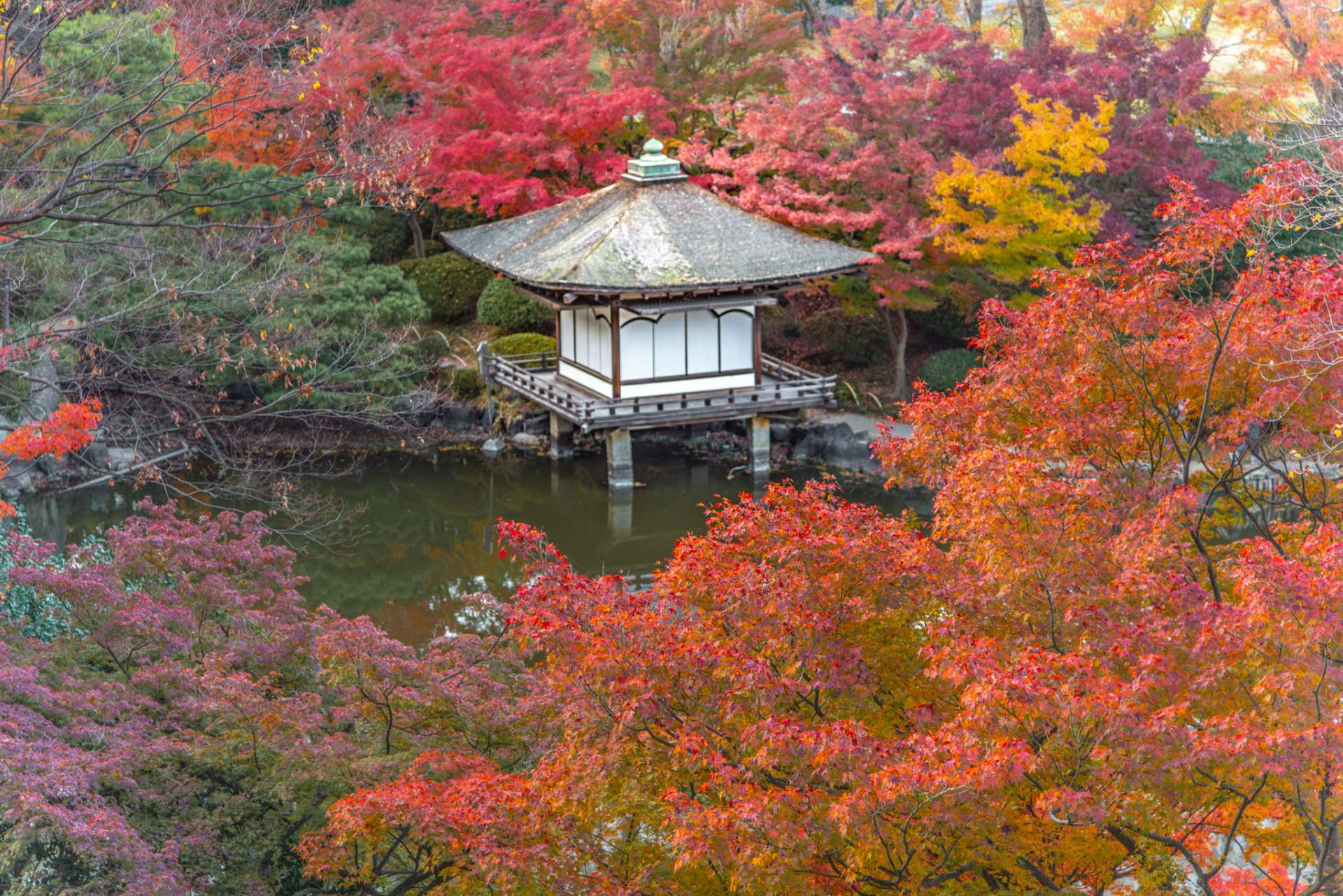
Also known as the Momijidani (“Maple Valley”) Gardens, this Japanese garden is especially beloved for its autumn views.
- Site Name
- Wakayama Castle Nishinomaru Garden
- Postal Code
- 640-8146
- Address
- 3 Ichibancho, Wakayama City, Wakayama
- Hours
- 9:00 a.m. to 5:00 p.m.
- Closed
- December 29-31
- Admission
- Free
- Telephone
- 073-435-1044
- Getting There
- From JR Wakayama/Nankai Railway Wakayamashi Station, take the bus and get off at the Shiyakusho Mae bus stop. The garden is a short walk away.
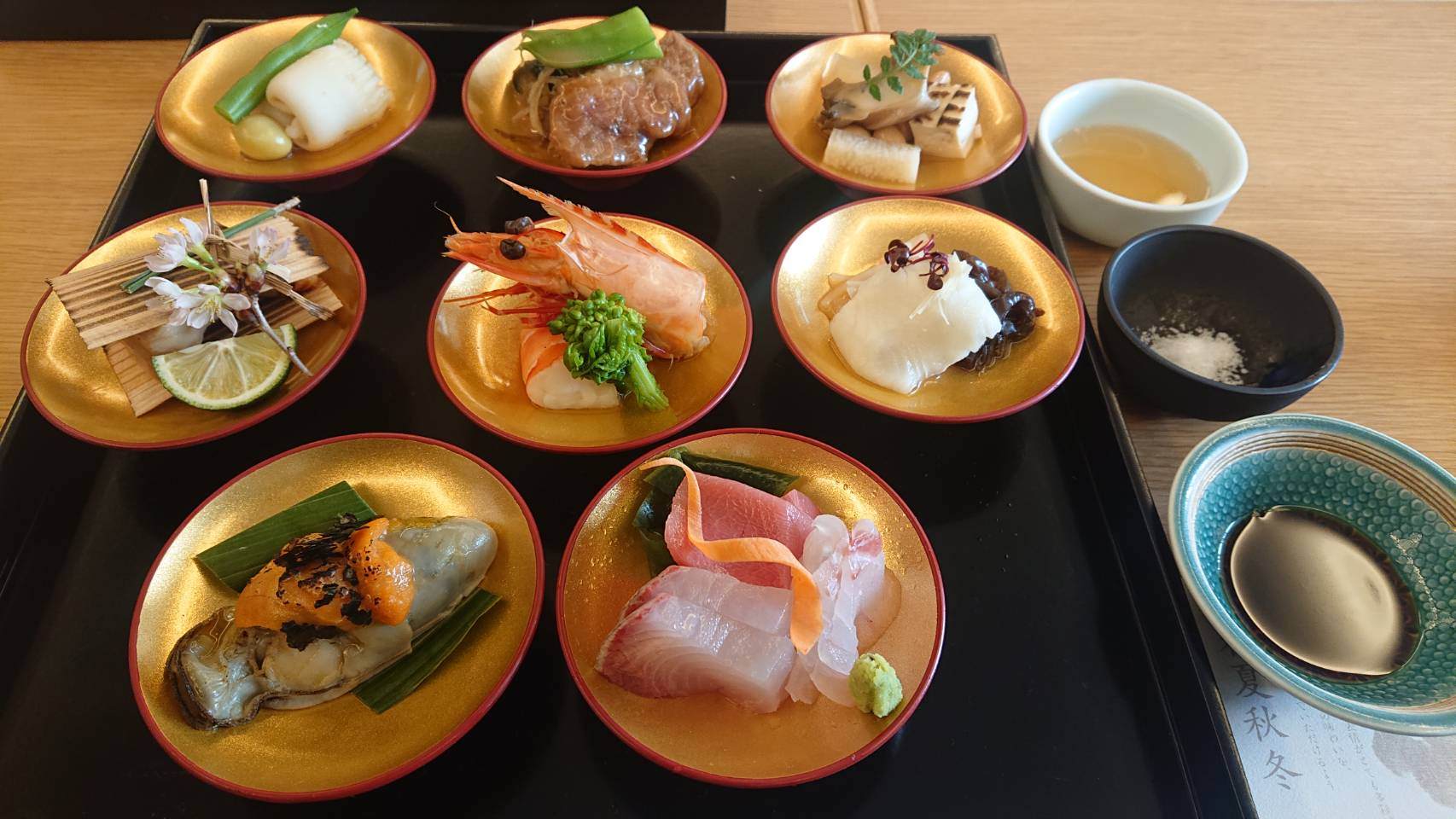
The Kishu-Tokugawa Family Feast, a recreation of the food offered as tribute to Tokugawa Yorinobu.
- Name
- Kishu-Tokugawa Family Feast
- Sign-up
- Wakayama City Tourist Association (available via online or phone reservation)
- Telephone
- 073-433-8118
- Official Websites
-
Koyoken (in Japanese) https://www.wakayamakanko.com/wakayama_asobi/koyoken/
Chihiro (in Japanese) https://www.wakayamakanko.com/wakayama_asobi/chihiro/
A Salt-Mixed Pond and Garden Villa Built by the Tenth Lord of the Kishu-Tokugawa Family.
The next stop after Wakayama Castle is Yosuien Garden, a pond-style garden built by the tenth lord of Kishu, Tokugawa Harutomi. The space was created as a garden for the feudal lord over nine painstaking years, beginning in 1818. Just like the famous Hama-rikyu Gardens in Tokyo, this garden features a pond uniquely crafted by mixing in seawater. Stay a while and lose yourself in the ebb and flow of the tide in the pond’s surface.
After getting a sense for the deep artistic aesthetics of Tokugawa Harutomi—known as the “gracious lord”—it’s time to visit Kishu-Toshogu Shrine, where both Tokugawa Ieyasu and Tokugawa Yorinobu are enshrined. Built atop a hill overlooking Waka-no-Ura Bay, both the main Honden and front Haiden halls feature exquisitely detailed carvings fashioned by the hands of Hidari Jingoro and mural painting by Kano Tanyu, earning this spot the fitting title of the Nikko of Kansai (western Japan).
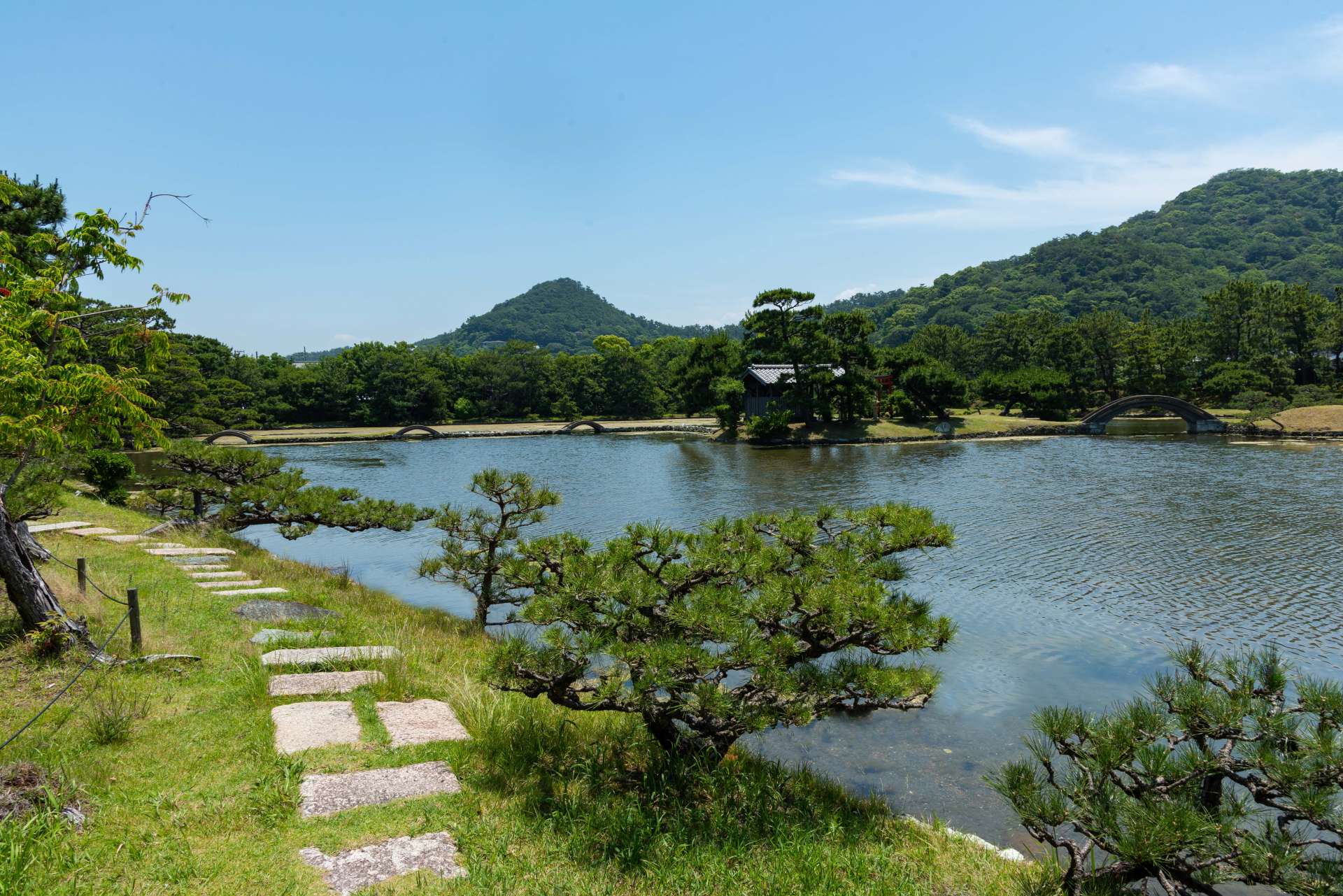
Seawater was added to the lake, creating an ecosystem for river life and sea life including goby, young mullet, and other species of fish.
- Site Name
- Yosuien Garden
- Postal Code
- 640-8014
- Address
- 1164 Nishihama, Wakayama City, Wakayama
- Hours
- 9:00 a.m. to 5:00 p.m. (January 1: 11:00 a.m. to 5:00 p.m.)
- Closed
- Open every day
- Admission
- Adults (middle school students and up): 600 yen, children (elementary school students and below): 300 yen
- Telephone
- 073-444-1430
- Getting There
- From JR Wakayama Station/Nankai Railway Wakayamashi Station, take the Saikazaki Loop Bus and get off at the Yosuien Mae bus stop. The garden is approximately a 7-minute walk away.
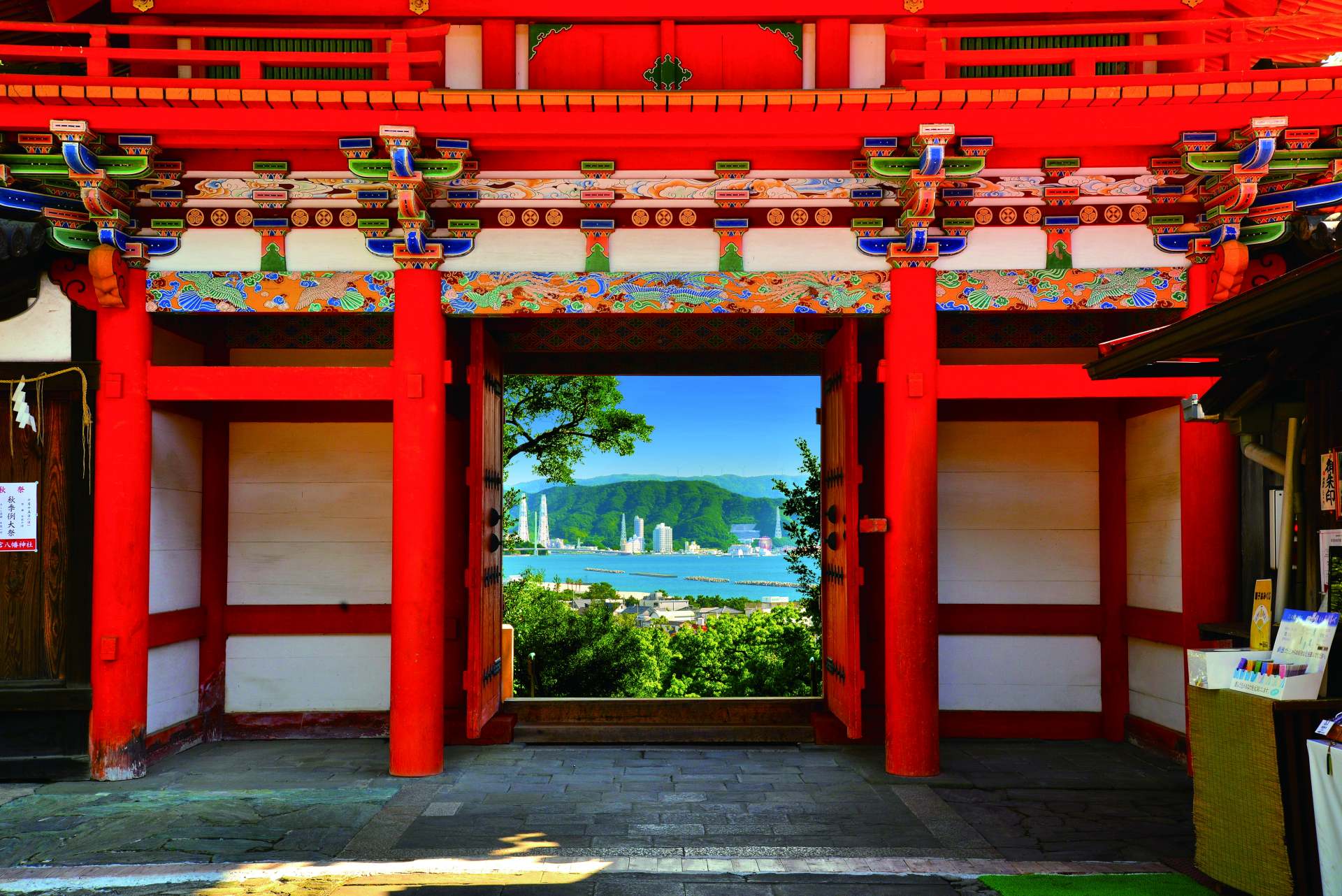
The side gate at Kishu-Toshogu Shrine is said to be the Kansai region’s most vividly lacquered vermillion gate.
Breathtaking gardens with panoramic views of the wide-open sea before your eyes.
The arrival of Commodore Matthew Perry in 1853 sparked a bolstering of naval defense efforts across the Kishu-Tokugawa domain . One such effort included setting up a distant lookout point near the Kii Channel, a vital point in sea trade. Here, long cliffs protrude from the ocean, revealing a lush top of green grass and trees and stunning blue ocean waters before your eyes. Look up, and you’ll find an unforgettable view, as vistas of Shikoku, Awaji Island, and lands beyond fill your eyes.
At the tip of the cape, you’ll find a designated photo spot, perfect for you to snap away to your heart’s content. This garden is unique for offering a wide lineup of events and programs for visitors, including a barbecue package (advance reservation with the garden required), yoga (advance reservation with the Wakayama City Tourist Association required) and more. Featuring vast open spaces and breathtaking backdrops, this garden is the perfect place for an active escape.
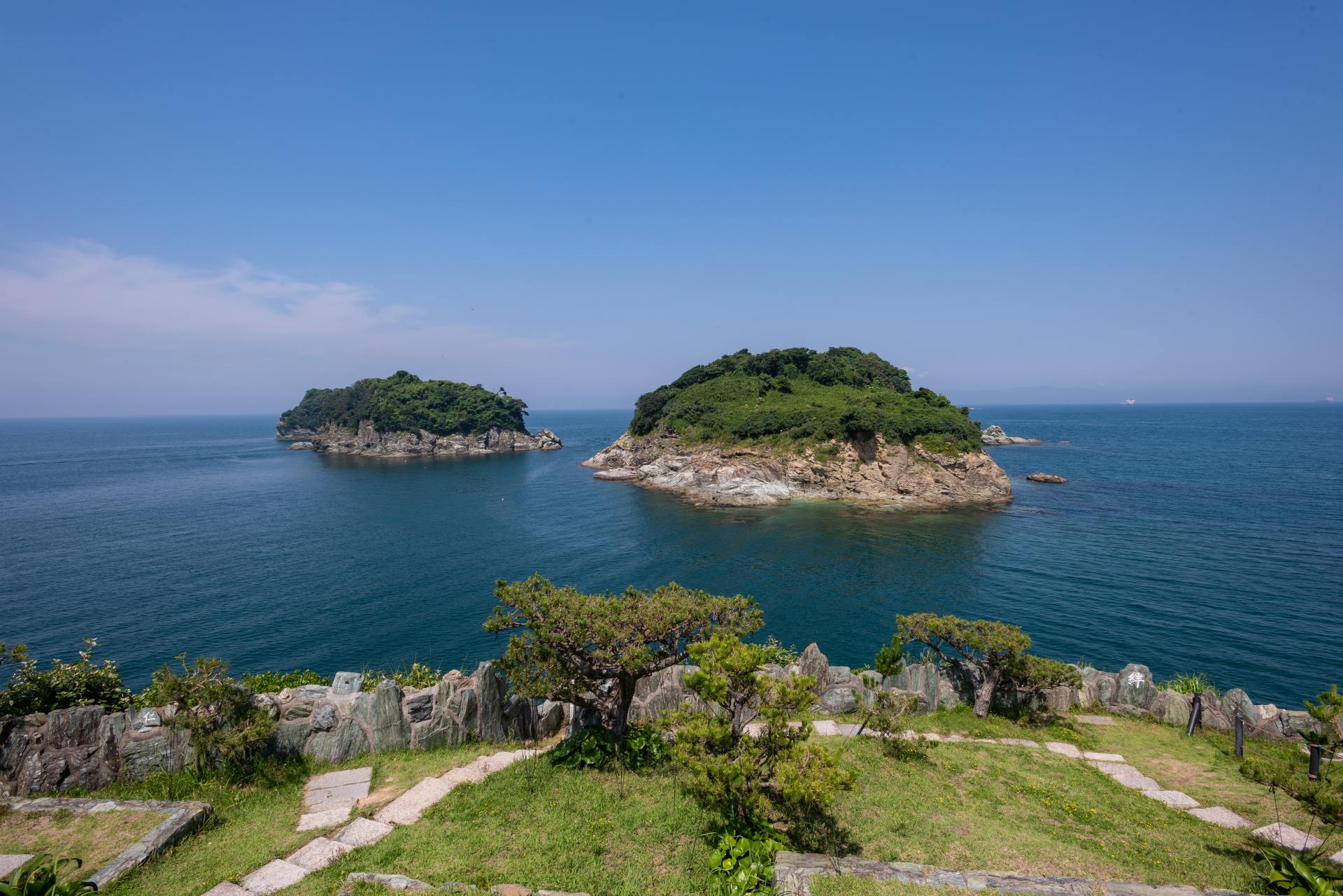
Stunning vistas facing the Kii Channel. You can see as far as Awaji Island or even Shikoku on a clear day.
- Site Name
- Bandoko Teien Garden
- Postal Code
- 641-0062
- Address
- Bandokonohana, Saikazaki, Wakayama City, Wakayama
- Hours
-
(April to August) 9:00 a.m. to 6:00 p.m.
(September to March) 8:00 a.m. to 5:00 p.m. - Closed
- Open every day (closed temporarily for the New Year’s holiday, or during inclement weather)
- Admission
- Adults: 600 yen, children: 300 yen (pre-school age children admitted for free)
- Telephone
- 073-444-6533
- Getting There
- From JR Wakayama Station/Nankai Electric Railway Wakayamashi Station, take the Saikazaki Loop Line Bus for 40 minutes and get off at the Saikazakiyuen bus stop. The garden is about a 15-minute walk away.
Admire Rich History and Cultural Heritage at Negoro-ji Temple
Depart Wakayama City and make for your next destinations: Negoro-ji Temple in Iwade City and Kokawa-dera Temple in Kinokawa City. Negoro-ji is the head temple of the Shingi Shingon Sect of Buddhism, started by the priest Kakuban, also known for stimulating the practice of Shingon Esoteric Buddhism at Koyasan. The temple was founded some nine hundred years ago.
Inside the temple grounds you’ll find a scenic, manicured garden that’s home to tranquil water birds swimming in its pond, a waterfall, and a rock formation in full view from the hall that was gifted by the Kishu-Tokugawa load in the Edo period.
The temple grounds still retain the rich influence of medieval Japan, standing as home to a workshop for Negoro lacquerware, one of the three major lacquerware traditions in Japan, and the former mainstay of dishes used by the monks of Negoro-ji Temple. Negoro lacquer is highly esteemed for its aesthetic appearance, with a black undercoat that naturally appears over time. Here you can try your hand at painting a spoon or pair of chopsticks, attuning yourself to over seven centuries of traditional craftsmanship.
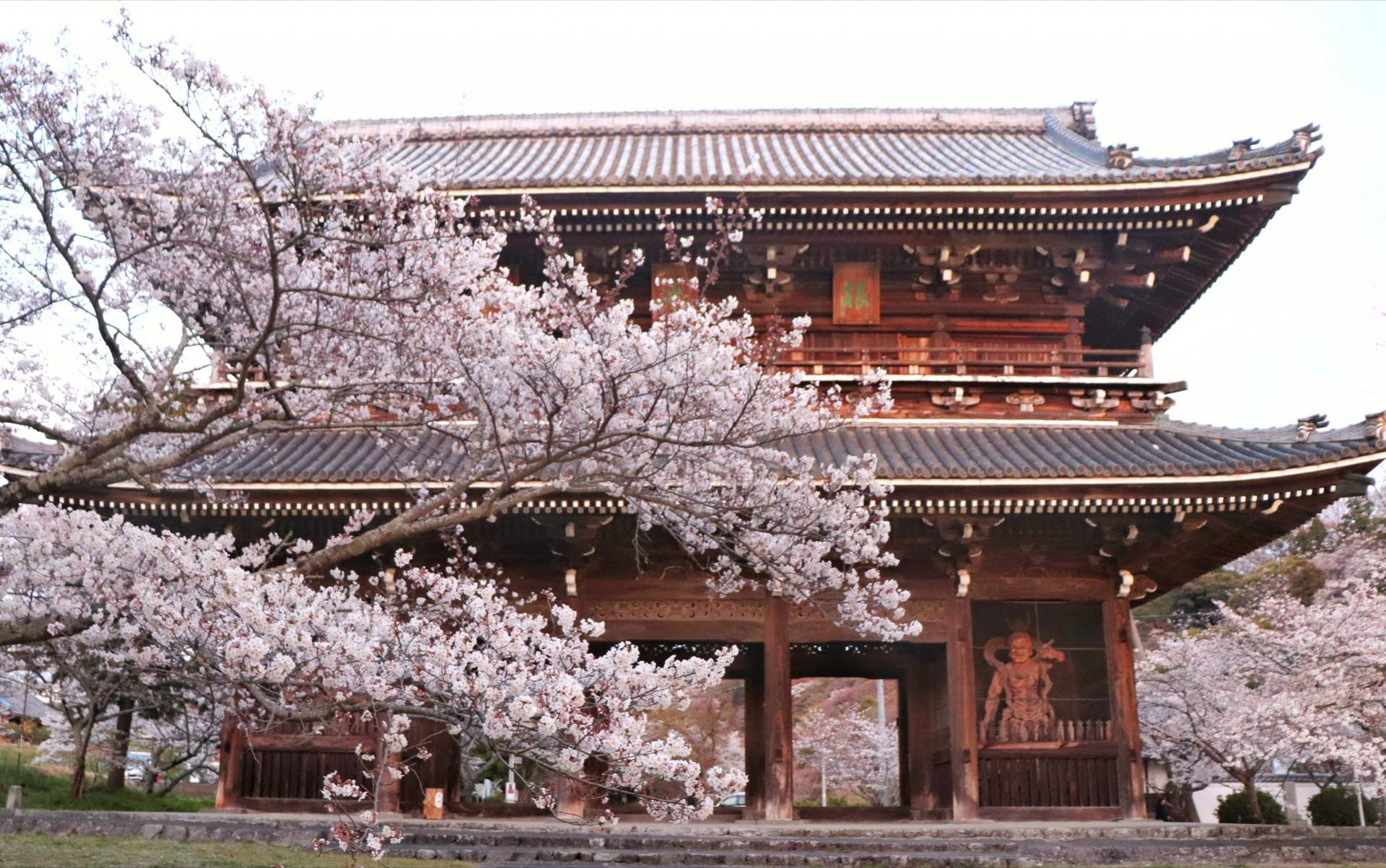
A strikingly beautiful spread of seven thousand glorious cherry blossom trees blooms across the grounds in spring.
- Site Name
- Negoro-ji Temple Garden
- Postal Code
- 649-6202
- Address
- 2286 Negoro, Iwade City, Wakayama
- Hours
- Summer (April to October): 9:10 a.m. to 4:30 p.m., Winter (November to March) 9:10 a.m. to 4:00 p.m.
- Closed
- Open every day
- Admission
- Adults (middle school students and up): 500 yen, young children: free
- Telephone
- 0736-62-1144
- Getting There
- From JR Izumi-Sunagawa Station, take the Kindai University bus bound for Iwade-Ekimae and ride for approximately 16 min. Get off at the Negorodera bus stop, located just in front of the temple.
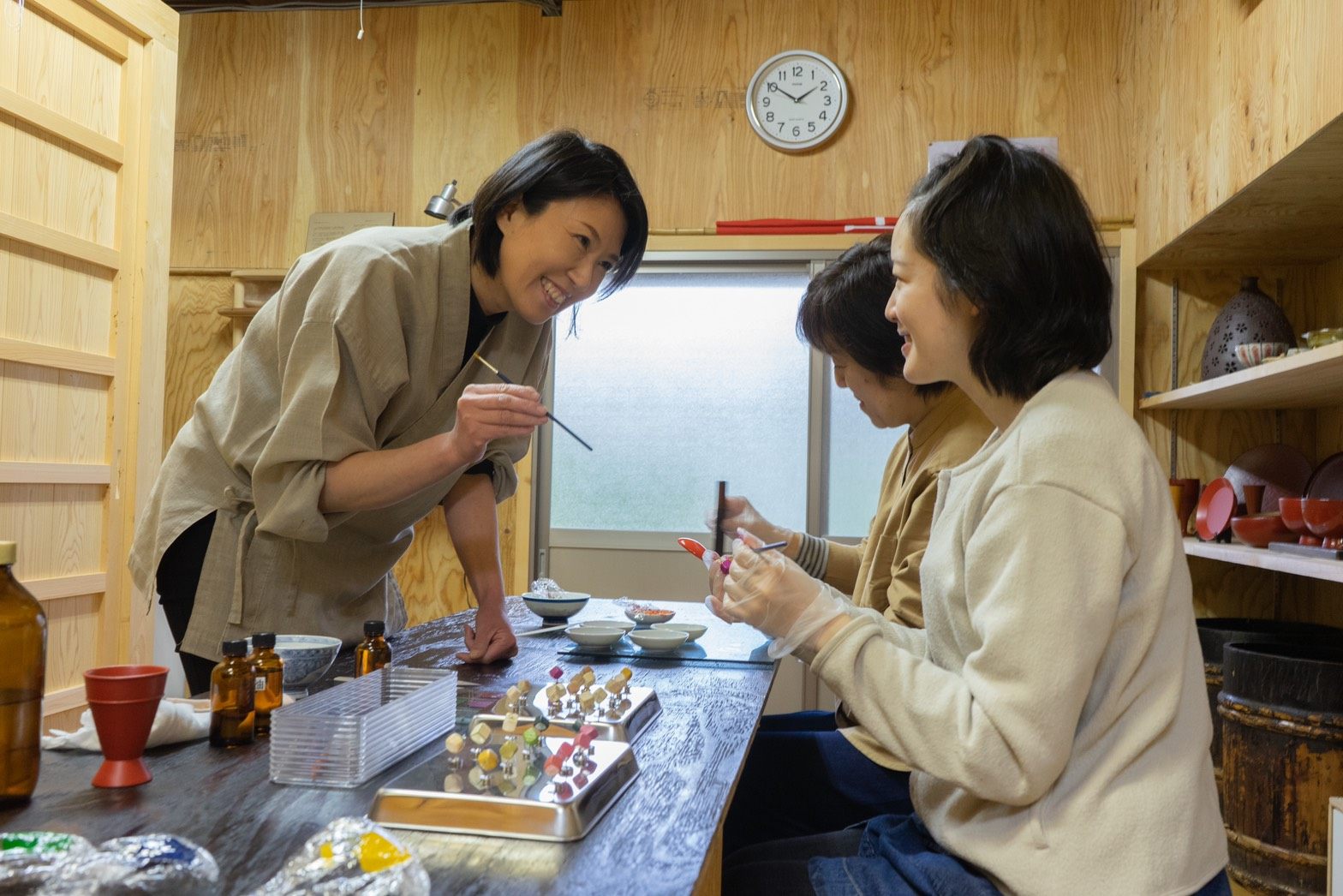
Experience a hands-on painting workshop at Hatsune Studio, where you can work with traditional Negoro Lacquer.
- Site Name
- Negoro-Nuri Lacquerware Workshop at Hatsune Studio
- Applications
- Accepted via email (negoronuri1143@gmail.com)
- Fees: Spoon
- 2,500+ yen, Chopsticks 3,800+ yen
Kokawa-dera Temple —a Venerable Temple Supported by the Kishu-Tokugawa Family
First founded in 770, Kokawa-dera Temple boasts over 1250 years of history. This esteemed temple was kept under the Kishu-Tokugawa Family and stands as home to a framed signboard from the tenth domain lord Tokugawa Harutomi, as well as the Hidari Jingoro carving of a subspecies of tiger said in legend to sneak out night after night to raid the fields gifted by Tokugawa Yoshimune, who served as the fifth feudal lord and eighth shogun. This nationally designated scenic garden featured a bold rock garden of layered Kishu stones that is dotted with cycad plants along its area. This dry rock garden boasts a dynamic design that is rarely seen in Japan.
Before or after visiting Kokawa-dera Temple, you won’t want to miss a chance to taste the region’s delights. Kinokawa City is known across Japan as home to some of the nation’s finest fruit production. In addition to the wide array of iconic food spots serving up varieties of seasonal fruit, there’s a one-of-a-kind fruit sushi that you won’t want to miss. The fusion of plump, juicy fruit with sushi are an experience like none other you’ve tried before.
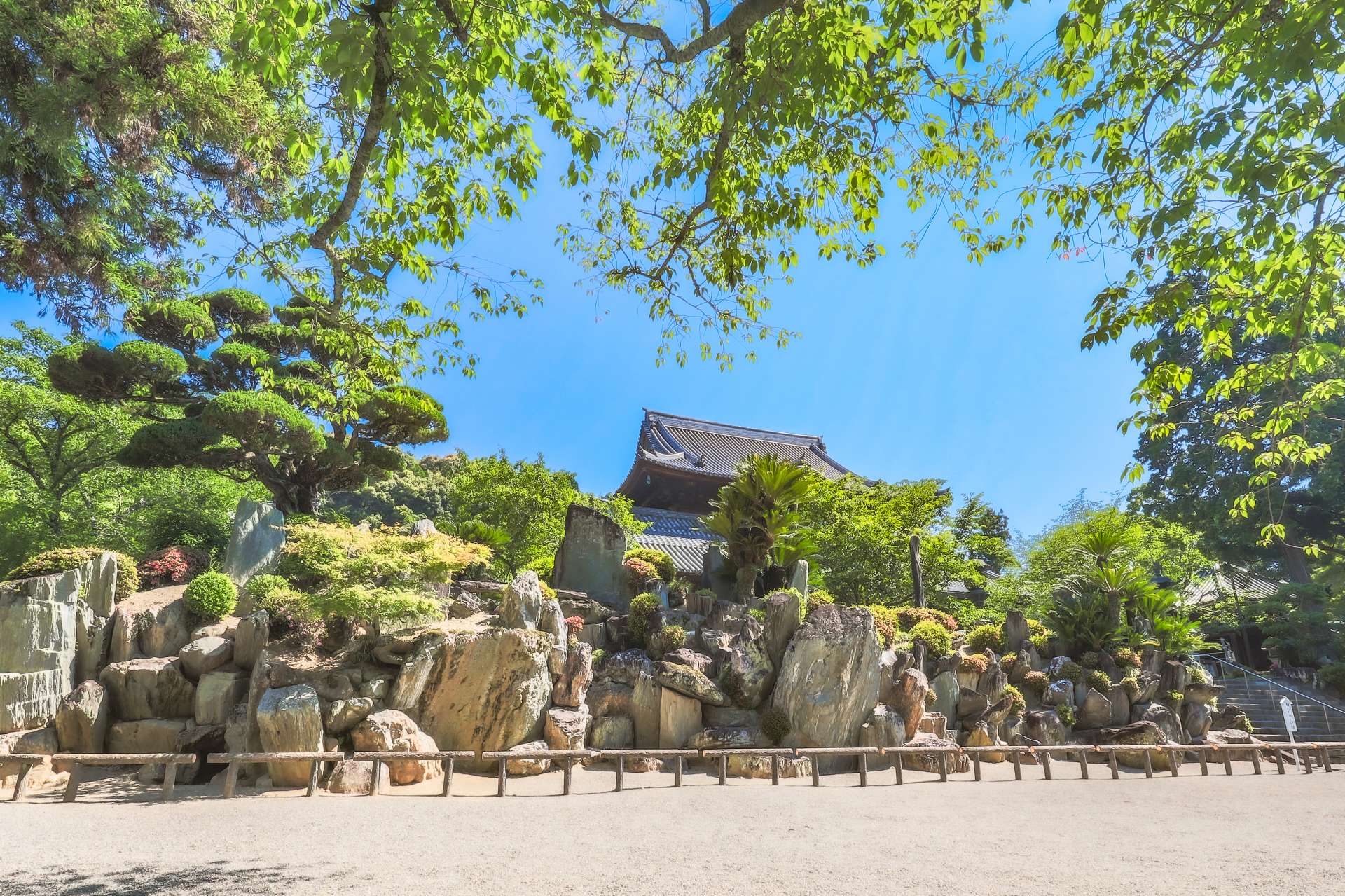
A dynamic rock formation extends east and west before the stairs up to the main hall.
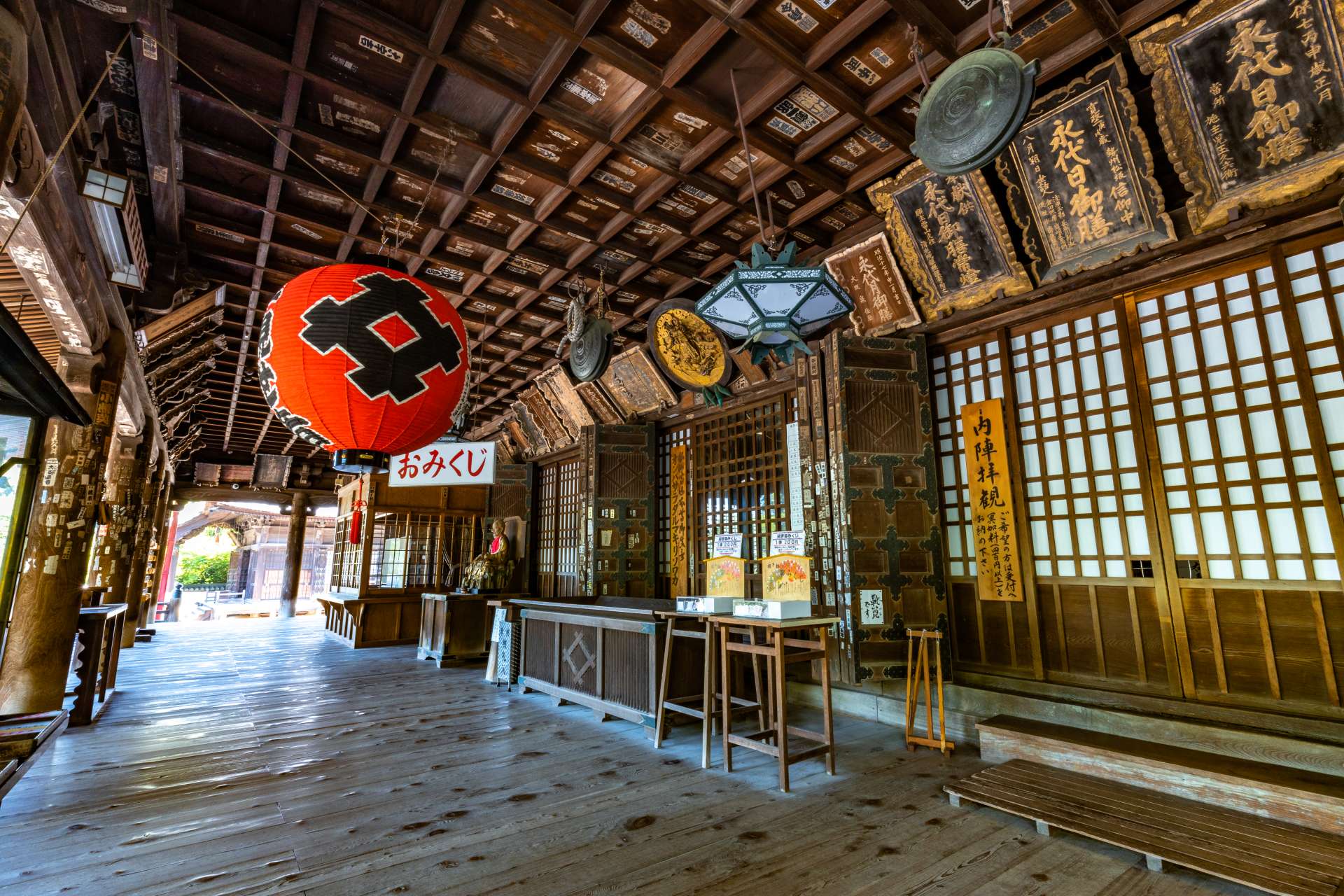
The main hall is the largest of all temples along the Saikoku (Saigoku) 33 Kannon Pilgrimage.
- Site Name
- Kokawa-dera Temple Garden
- Postal Code
- 649-6531
- Address
- 2787 Kokawa, Kinokawa City, Wakayama
- Hours
- 8:00 a.m. to 5:00 p.m.
- Closed
- Open every day
- Admission
- Temple entry: 400 yen (main hall only)
- Telephone
- 0736-73-4830
- Getting There
- Approximately a 15-minute walk from JR Wakayama Line Kokawa Station
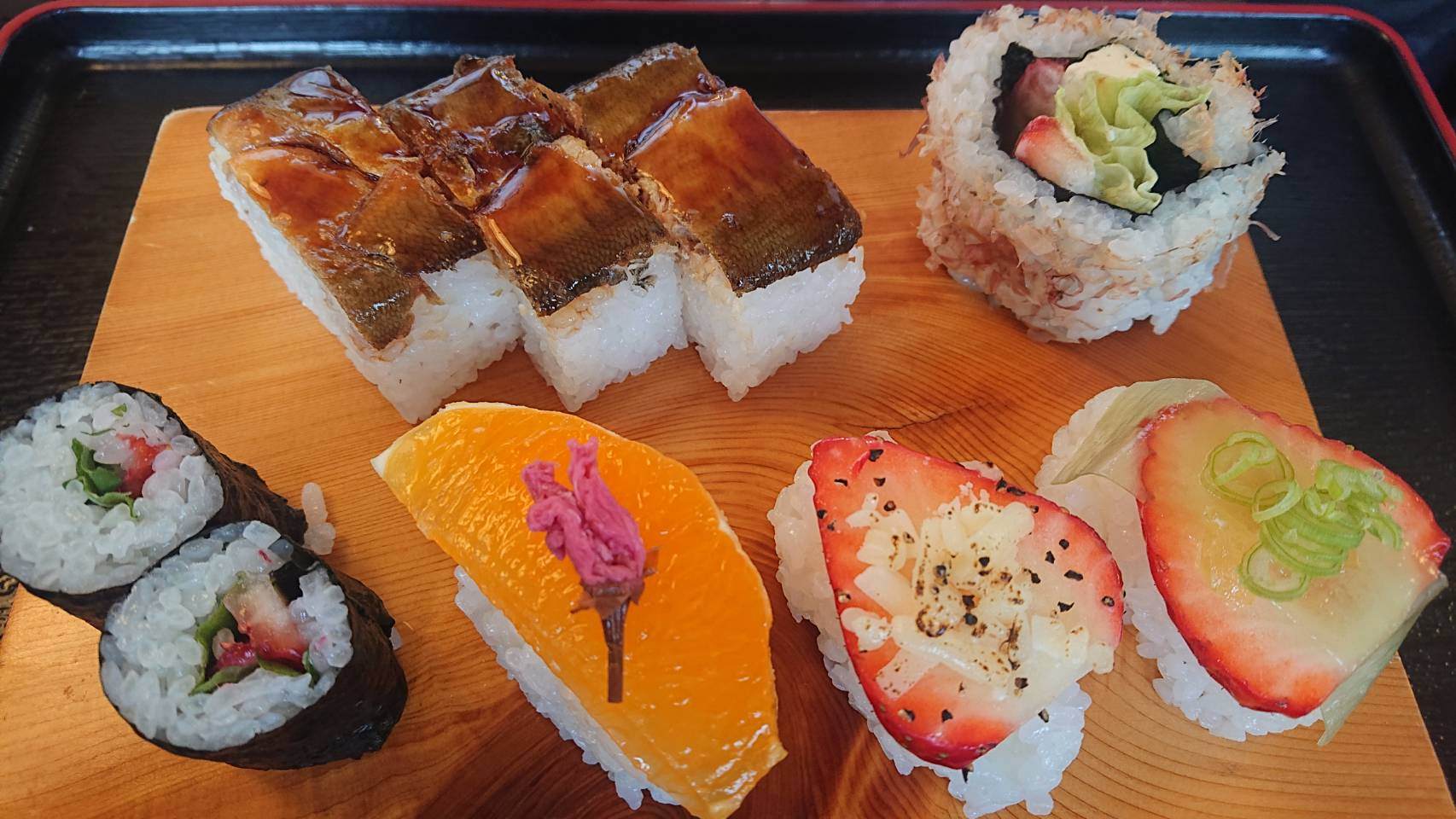
Fruit sushi, a local specialty featuring seasonally fresh fruit.
- Site Name
- Chikara Zushi
- Official Website (in Japanese)
- https://chikarazushi-kinokawacity.jimdofree.com/
Check also...
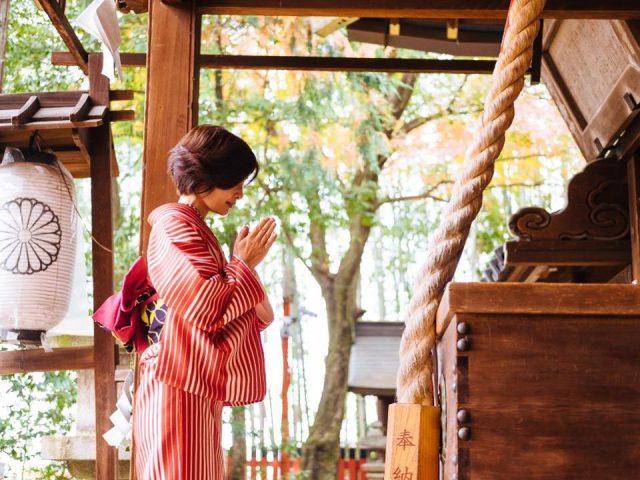
The Basics of Shrine Visiting! Must-Know Information and Some Recommended Shrines in Japan
![Take a leisurely stroll in the retro and fashionable space [Kuroe, the town of Kishu lacquerware]](/kansaiguide/data/article/21000/20278/20250618_133123_770e1e88_w640.webp)
Take a leisurely stroll in the retro and fashionable space [Kuroe, the town of Kishu lacquerware]

Consider your accommodation in the Kansai area!

Restrictions on Large Baggage

Hidden Stories in Stone: Exploring Japan’s Castle Walls

Feel Like a Lord: Castle with Stunning Panorama Views

Experience the True Essence of Japan through Castles, Cultural Treasures, and Timeless Gardens
